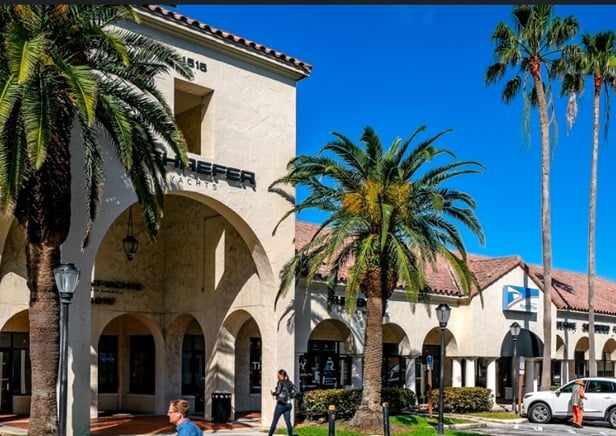Commercial real estate developers are navigating through a difficult market. With pressure on construction prices from supply chain issues and labor shortages, and given the current interest rate environment and a constrained debt market are limiting practical capital solutions, putting together a ground-up construction deal in today's market is no easy feat.
One opportunity to alleviate some of the pressure on new construction projects is to incorporate C-PACE into the project capital stack to offset debt costs and tap into another source of funding. The difficulty for many in incorporating C-PACE is finding a senior lender that will work with C-PACE financing. HALL Structured Finance (HSF) is one lender that is doing first mortgage construction financing in concert with C-PACE financing, which has been a great solution for some developers. HSF loan originator officers Brian Mitchell and Bryce Yamauchi expect that having C-PACE incorporated into a capital stack may account for a larger portion of construction loans being done going forward.
Offsetting High Debt Costs with C-PACE
Managing costs are a top priority for developers, and according to Mitchell, "C-PACE is an opportunity to obtain fixed rate financing on a portion of the debt stack that is more palatable than current rates being offered by senior lenders." Today, C-PACE interest rates are in the 7.5% to 8.0% range.
"The spread savings between C-PACE and your construction financing has widened and it is driving more value for developers," adds Yamauchi.
In addition to locking in a lower rate, Mitchell notes that developers have the added benefit of a fixed-rate loan on a construction deal, a tremendous value in a market experiencing rising and volatile interest rates, with the further benefit of having prepayment flexibility in the event interest rates start to decline after the initial 3-5 years.
Plus, unlike bank financing, the availability of C-PACE financing is not constrained. In fact, Yamauchi notes that there is more money in C-PACE today than deals being funded, so developers don't have the same accessibility issues as in traditional lending markets.
What Deals are a Good Fit for C-PACE?
Traditionally, hotel deals have been prime candidates for C-PACE, but Mitchell says today the funding is also universally applicable to hospitality, multifamily and mixed-use retail.
C-PACE is localized and the rules vary between states. Depending on the location, the state will allow a loan anywhere from 20% to 40% of the stabilized property value. However the level of PACE financing is also dependent on the amount the first mortgage lender may allow.
One potential complication in adding PACE to a construction capital stack is the maturity length differences between the construction loan and the PACE. PACE provides a fixed interest rate with a 25-30 year term, albeit with pre-payment provisions. In contrast, the typical construction loan is structured with a 3 to 5 year term. While the C-PACE is fully transferable, depending on the sponsor's exit strategy and whether that involves prepayment or staying in place, the cost of taking out and prepaying the C-PACE should be factored in to the overall cost of capital analysis.
Despite some adjustment, C-PACE is an attractive solution and is likely to grow in popularity over the next 12 months. Yamauchi says, "The fact that C-PACE is there and available is really going to help bridge some of the financing gaps."
For more insights and thought leadership from HALL Structured Finance, click here.
© 2024 ALM Global, LLC, All Rights Reserved. Request academic re-use from www.copyright.com. All other uses, submit a request to [email protected]. For more information visit Asset & Logo Licensing.








